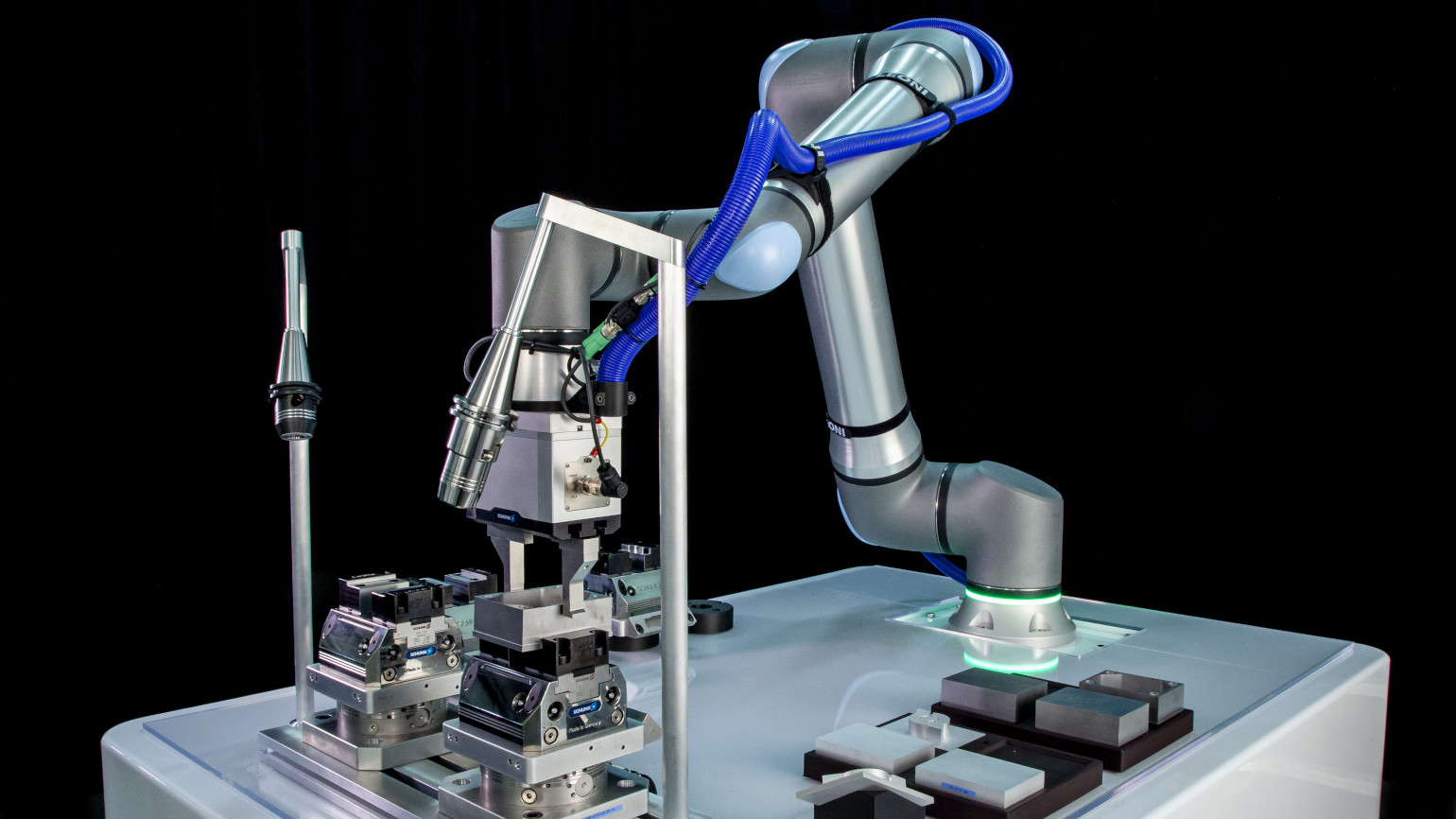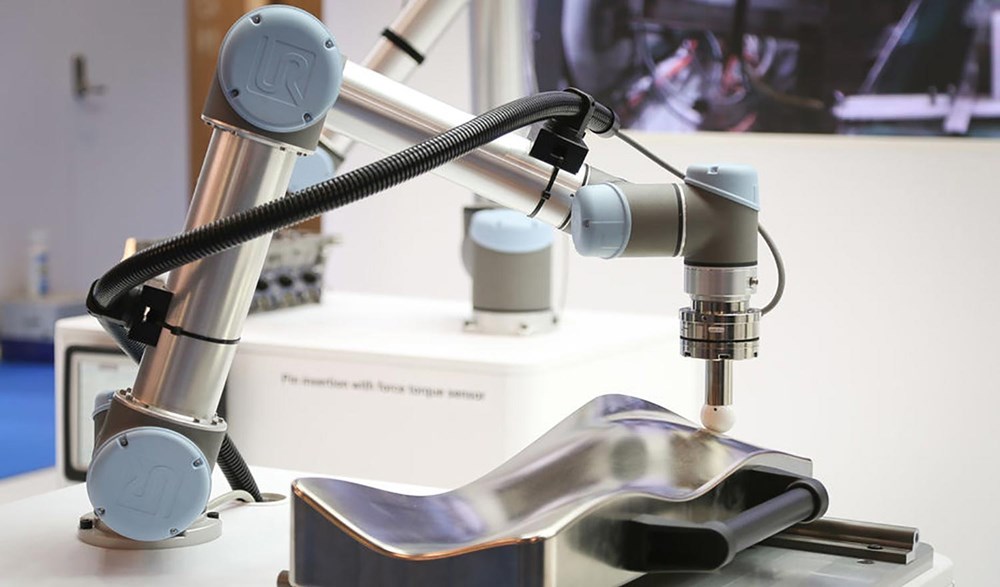As technology continues to evolve and increasingly permeates all aspects of business, the role of robots in the workplace is a topic that has garnered much interest from employers, employees, and even everyday consumers.
In this article, we’ll explore how recent advances in robotics have changed our working environment by closely examining how robots are employed across numerous industries and situations.
We’ll delve into some common misconceptions about workplace robots and consider potential ethical implications associated with their use. We’ll also discuss what this could mean for workers in the future, both positive and negative.
Table of Contents
The Different Types Of Robots Used In The Workplace
Robots are being used in the workplace for various applications – ranging from mundane tasks like cleaning floors to more complex duties such as assembling parts. The most common robots are industrial robots, which are employed primarily on production lines to assemble products or carry out other repetitive and hazardous tasks.
Another type of robotics is service robots, which assist or even replace people in service roles such as customer service and healthcare. We can also find autonomous drones in the workplace, performing surveillance, inspecting roofs and warehouses, or delivering packages.
How Have Robots Changed How Workplaces Operate?
Robots have enabled businesses to increase productivity, reduce costs and enhance customer service. By automating specific tasks, robots can carry out mundane and repetitive duties more quickly and with higher accuracy than people—boosting efficiency and freeing up employees for higher value-added activities. Robots can help to streamline operations by eliminating the need for paperwork and manual data entry.
As increasingly sophisticated technology is being developed, robots may eventually be able to take on creative roles that require problem-solving or emotional intelligence, such as designing new products or providing advice to customers.
The Potential Ethical Issues With Robotics In The Workplace
Using robots in the workplace raises some important ethical questions about how machines interact with people and the potential implications of automation on job security and safety. Employers must consider their employees’ well-being when considering introducing new technologies to their workplace, as robots may be able to perform specific tasks better than people. Still, they also have the potential to cause physical or psychological harm if not properly managed.
Businesses must consider how automation could affect workers’ autonomy and freedom of choice regarding work hours, wages, and benefits.
What Does This Mean For Workers Going Forward?
Robotics can bring both opportunities and challenges for workers in the workplace. On the one hand, increased automation could lead to fewer jobs available or lower wages as machines become more adept at performing labor-intensive tasks – meaning that many sectors could become more competitive.

On the other hand, robotics could also create more jobs in fields such as machine maintenance and programming – opening up a wealth of new opportunities for those with the necessary skillsets. Ultimately, robots can augment and even enhance human capabilities when appropriately implemented – helping to improve productivity and job satisfaction.
Ensuring Robot use Does Not Hurt Society?
Businesses need to ensure that the introduction of robots does not lead to job losses or displacement of workers. They need to develop and implement robust training programs so that people can acquire the necessary skill sets to maintain and manage robotic devices.
Governments should establish national strategies and regulations governing the use of robots in various sectors. It could include legislation requiring companies to consider how automation will affect employment levels and wages before implementing robotic technologies in their operations.
Businesses should be transparent about their plans for introducing robotics into their workplaces – allowing all stakeholders (e.g., employees, customers, investors) to understand what changes are taking place and how they could affect them.
In Conclusion
Using robotics in the workplace can benefit businesses, employees, and society. However, it is essential to put measures in place to ensure that robots are used responsibly and ethically – taking into account potential job losses, safety issues, and other ethical considerations. By doing so, we can ensure that robotic technology is used to enhance human performance and benefit everyone involved.

